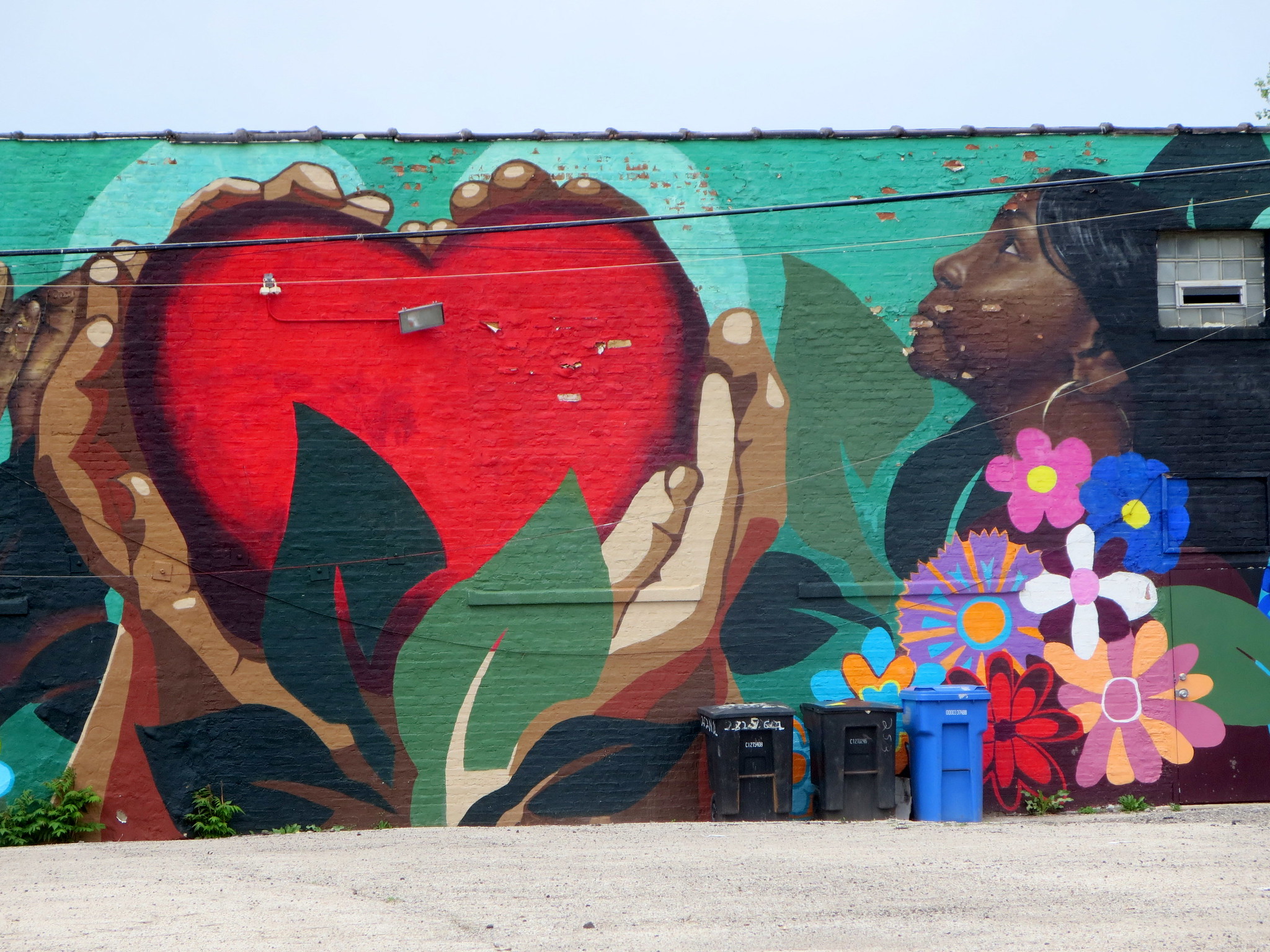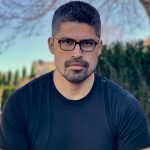In a scene from The Interrupters, a 2012 documentary chronicling the rise of violence interruption efforts in Chicago, a group of workers with CeaseFire, many of them formerly incarcerated men, brainstorm how to confront a recent spike in youth violence. The discussion centers on the then-recent death of high school student Derrion Albert, who had been beaten to death by a group of his classmates. (Albert’s death reached the national news because it was caught on video.) The film shows the men strategizing how to prevent anyone else from meeting a similar fate. Tio Hardiman, a CeaseFire leader, suggests that there are deeper, historical problems underlying all the youth violence: “We’re up against history,” he says.
This sparks a rebuttal of sorts. “We gotta respect history, but it shouldn’t play a big factor at this table,” a violence interrupter in a blue shirt tells the group. “Man, we got over 500 years of prison time at this table. That’s a lot of fucking wisdom.”
Community violence intervention or prevention, of which violence interruption is but one strain, has come a long way since the PBS film introduced this non-police model of combating gun violence to a national audience. It was the mid-1990s when epidemiologist Gary Slutkin, who also appears in the documentary, began working on the concept that would later become CeaseFire—now known as Cure Violence, today one of the leading organizations working to stem the spread of gun violence. “Punishment doesn’t drive behavior,” he told the New York Times in 2008. “Copying and modeling and the social expectations of your peers is what drives your behavior.” Slutkin’s decades-old approach, which follows an “epidemic-reversal” methodology to treat gun violence as a public health problem, went on to garner widespread recognition, media coverage, and adoption in a number of cities and states, both in the United States and abroad.
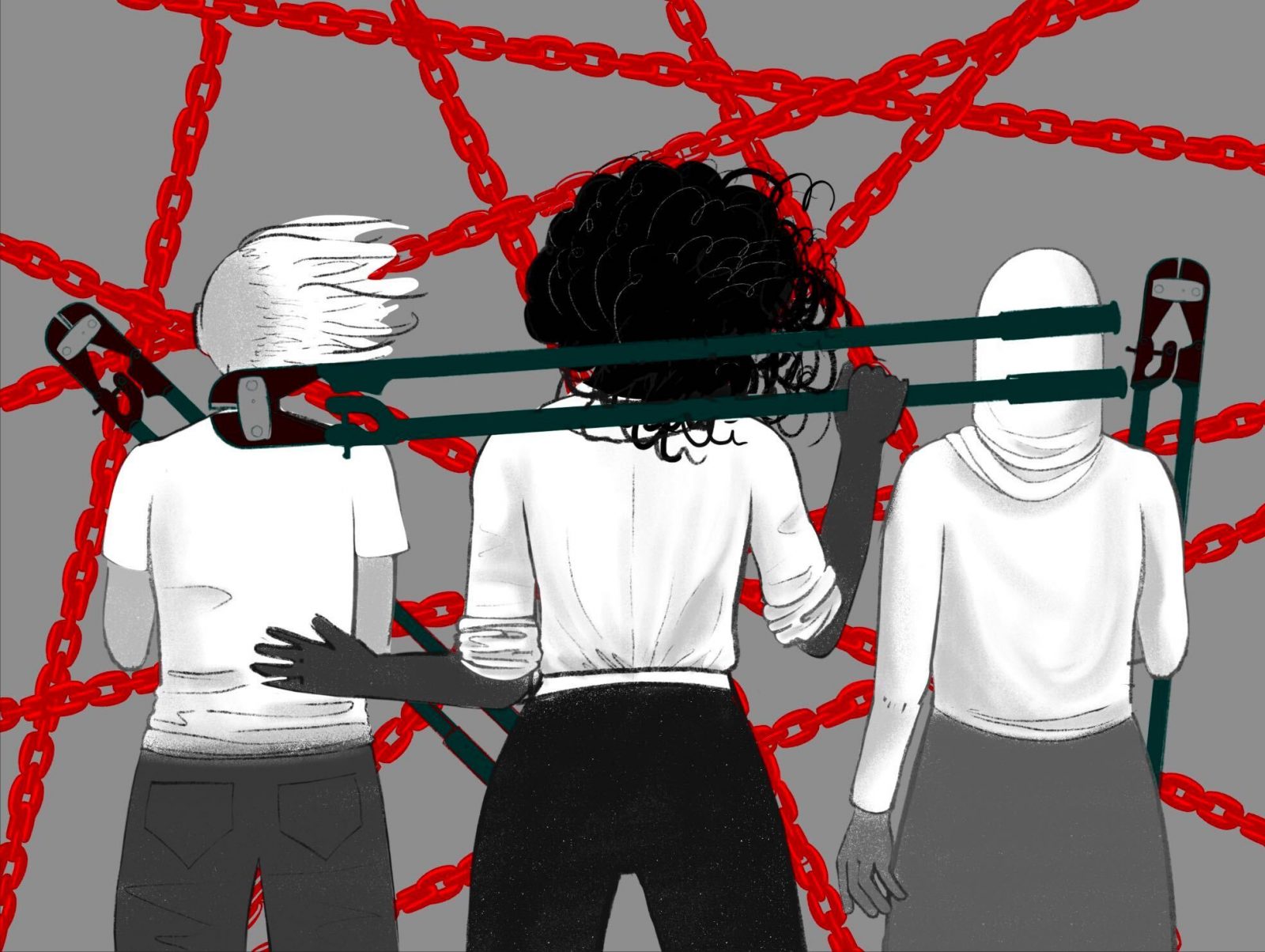
From the series
Abolition in Action
A collection of essays exploring how people are practicing abolition in their communities, in partnership with Truthout.
But the interrupter model of violence prevention, which ProPublica profiled at length earlier this year and Truthout assessed critically as early as 2016, is far from the only approach to dealing with gun violence. As more and more states and localities look to community violence intervention as the future of preventing what is now a leading cause of death for young people in the United States, it’s worth exploring how far these strategies have come in recent years—and imagining how communities can embrace an abolitionist model to build lasting safety beyond the reach of institutions of carceral control.
At its core, community violence intervention centers the community, relying on its members—that is, the people closest to the problem and the needs of the community—to serve as street-level interventionists, intermediaries, interrupters, and even innovators. Many of them have been criminalized or spent time in prison, lending them credibility to deescalate or intervene in interpersonal conflicts. But they may also be mothers or concerned adults who have lost or fear losing loved ones to gun violence; self-described peacemakers who walk designated city streets at hours where violence may be more prevalent; advocates in hospital settings who provide trauma-informed services to survivors of violence; or mentors who give direct cash assistance and other forms of support to young people on the brink of committing harm or being harmed themselves. There’s no one-size-fits-all in community violence intervention; indeed, that’s among the model’s central contributions.
Because of their proximity to the community, these violence interventionists are often seen as “credible messengers”—people with the lived experience, street knowledge, and the cultural sensitivity to meet people where they are. And because gun violence tends to be spatially concentrated in communities where economic disparities and disinvestments are more pronounced, as a recent Brookings study confirmed, anti-violence advocates may dedicate human capital and resources to addressing broader unmet needs in the community—from after-school programming and food assistance to job training programs. In an environment where community needs often run far deeper than the surface-level coverage of gun violence that dominates the evening news, Tamar Manasseh, the founder of Mothers/Men Against Senseless Killings (MASK) in Chicago’s Englewood neighborhood, has said that “the guns are the least of your problems.”
“There’s all of these things that conspire to create gun violence,” Manasseh, who founded MASK in 2015, said last year on “One Million Experiments,” a podcast exploring noncarceral approaches to community safety and well-being. Manasseh continued:
If you give kids access to quality education and opportunities, gun violence goes down. If you make sure they have somewhere to sleep at night and they aren’t homeless, gun violence goes down. If you’re the one feeding them every night, and they aren’t out stealing or trying to rob somebody to pay for a meal, gun violence goes down. So, if you’re addressing food insecurity, homelessness, lack of job skills, lack of opportunity—if you’re addressing these issues, you’re going to change the numbers.
Community organizers and advocates have long known this. What’s different in recent years is that policymakers at all levels of government, from the White House on down, have begun to take community violence intervention more seriously than ever before. Boosted in part by congressional funding from the COVID-era American Rescue Plan and the Bipartisan Safer Communities Act, enacted last summer in the wake of mass shootings in Buffalo, New York, and Uvalde, Texas, historic levels of funding have flowed from the federal government to community violence intervention programs—broadly defined. In September the Department of Justice (DOJ) awarded $100 million to various community groups doing violence prevention work, as well as to a number of city and county governments deploying related strategies under the banner of gun violence prevention. And more funding is on the way. (To better understand how the federal government allocates these resources, as well as the split between community and law enforcement–based groups receiving aid, Truthout and Inquest reached out several times to the DOJ’s Office of Justice Programs, which manages grant-making for community violence prevention programs. The department did not respond by the time of publication.)
More from our decarceral brainstorm
Every week, Inquest aims to bring you insights from people thinking through and working for a world without mass incarceration.
Sign up for our newsletter for the latest.
Newsletter
Yet a closer look at some of these awards shows that not all conceptions of gun violence prevention are created equal—with some localities using the funding to boost police programs and yet others relying on a combination of law enforcement and academic research to do the work. Roca, Inc., a DOJ awardee, runs a violence intervention model that has gained prominence in Massachusetts and Baltimore; it relies on “relentless” outreach and case management to effect behavioral change among a carefully selected cohort of young people. Roca is quite open about its work with police and probation departments to ensure that program participants—who range from sixteen to twenty-four years old and often have had contact with the criminal legal system—stay on the straight and narrow. Meanwhile, groups like the Newark Community Street Team, another DOJ award recipient, expressly note that they only interact with law enforcement “so that we can intervene and mediate in disputes,” but that they otherwise do not share information about their work with police. “We believe that arrest and incarceration represent a failure of many systems that led to the person becoming a criminal and we believe that the prison syste[m] is a form of torture that causes greater harm,” reads the group’s website.
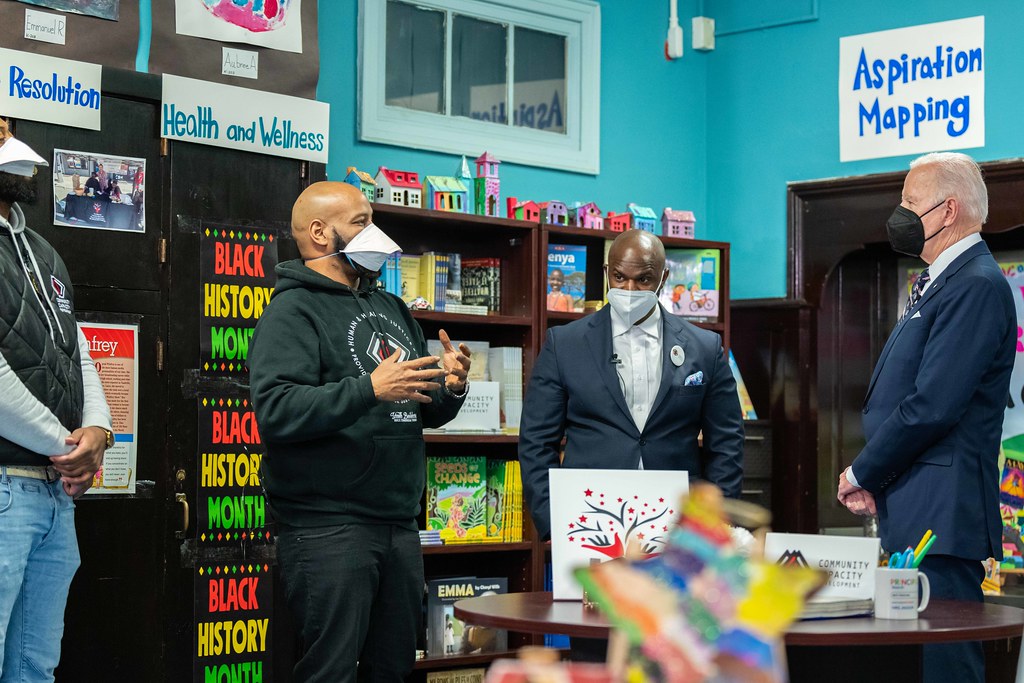
Looking at this landscape, Jorja Leap, a UCLA researcher who in 2020 evaluated the Newark effort, told me that she believes community violence intervention is “at a very meaningful inflection point.” The practice hasn’t yet reached full maturity or critical mass, she said, but has begun to be truly accepted, studied, and understood across the country as a key component of our shared understanding of public safety and community well-being. The relationship between community violence intervention and the police remains “complex,” she added, with some groups wanting “nothing to do with law enforcement” and others wishing to simply “peacefully coexist.” It’s a divide that has only grown more pronounced in the wake of the 2020 uprisings for racial justice. These complicated dynamics aside, the growth of community violence prevention as a viable alternative to policing is unquestionably at a crossroads, as philanthropies and local governments are all stepping up to this moment.
None of this is to suggest that community violence intervention has arrived or is without headwinds or growing pains. As the Trace has reported at length, the work itself remains hard and undervalued, the red tape can be daunting, and there is pressure to professionalize the ranks of community violence prevention workers. Funders, for their part, want to see evidence of the work’s impact—even though reducing gun violence, as many advocates and organizers know well, requires addressing the root causes that allow violence to grow in the first place. “Part of the issue in developing real solutions to end all forms of violence, including gun violence, is that we expect quick solutions,” Sharlyn Grace, a senior policy advisor at the Cook County Public Defender’s Office, said in a short film on violence interruption that debuted last month on Truthout and Teen Vogue. “There are things we can and should do immediately, but we should acknowledge it’s actually going to take a long time to change the conditions in which violence thrives.”
And as Shantay Jackson, who heads Baltimore’s Office of Neighborhood Safety and Engagement, told ProPublica, there’s the reality that people who do violence intervention “are dealing with their own level of trauma, given their lived experiences, but also dealing with vicarious trauma as they do the work of interrupting violence every single day.” In a number of tragic instances, the credible messengers themselves have been shot.
There is so much promise, and uncertainty, in violence interruption and other forms of violence prevention that this really does feel like an inflection point. But while governments’ growing interest might, in some cases, mean better funding for established organizations or those on the rise, state oversight also carries risks of co-optation, entanglement, and even straying from the founding principles of the practice. For this reason, now is a critical time to clarify what forms a truly abolitionist, noncarceral approach to gun violence prevention can take.
There are real tensions between radical, community-based solutions to gun violence and the burgeoning nonprofit, government-funded world of community violence intervention. Community-based and explicitly abolitionist organizations must fund their work like everyone else, struggling to win sustaining funds while not betraying the heart of their mission. Many of the groups discussed so far maintain an implicit relationship to abolitionist ideas. Leap described them as “the embodiment of mutual aid” in that they’re filling a role, and a void, in communities, ever more so in the wake of the pandemic, by going beyond mere violence prevention and organizing to provide for people’s material needs.
Because sustaining this work is crucial, self-identifying as abolitionist, or even as wanting nothing to do with law enforcement, may scare off less radical funders and government entities. It may also make it incredibly difficult to interface with the larger nonprofit ecosystem, which revolves around professionalized, NGO-style methods of tracking and narrating accountability and effectiveness, including measurable reductions in violence. In that world, how you talk about what you do matters as much—and, sadly, often more—than what you actually do. In Philadelphia alone, a number of community violence prevention efforts have struggled to keep up with the city’s grant-making process, leading one advocate to observe that “you can’t bite the hand that is feeding you.” Nonetheless, abolitionist violence intervention groups want to thrive and remain sustainable so they can do the hard work of stopping violence in a way that doesn’t exacerbate policing or funnel more people into the criminal system.
Stick Talk, a group based in Chicago, has chosen to avoid these dilemmas by simply declining to seek entrance into the nonprofitized, government-funded ecosystem of community violence intervention—and the almost inevitable entwinement with the state that comes with it. Unlike community intervention efforts that emphasize disarmament among program participants, often requiring that they leave their firearms at the door, Stick Talk takes young people as it finds them. “We don’t condemn or condone gun use,” ethan ucker, Stick Talk’s cofounder and codirector, told me in an interview. The group’s approach, instead, is one of harm reduction. It welcomes and embraces young Black and brown people in communities across the South and West Sides of Chicago, where rates of gun violence and gun arrests are especially high. If a person owns an illicit firearm or they’re carrying without a permit, Stick Talk doesn’t judge.
At these neighborhood-level firearm harm reduction “hubs,” participants find a space to learn about safer, responsible gun ownership and use; to understand the history and present of racialized gun control and criminalization; and to gain critical skills such as emergency first responder training and first-aid practices for treating gunshot injuries. “I think young people get what this is,” ucker said. “This is a different thing than what’s out there. It feels different. It’s not the same as the kind of more established or professionalized violence prevention infrastructure that exists in this city.”
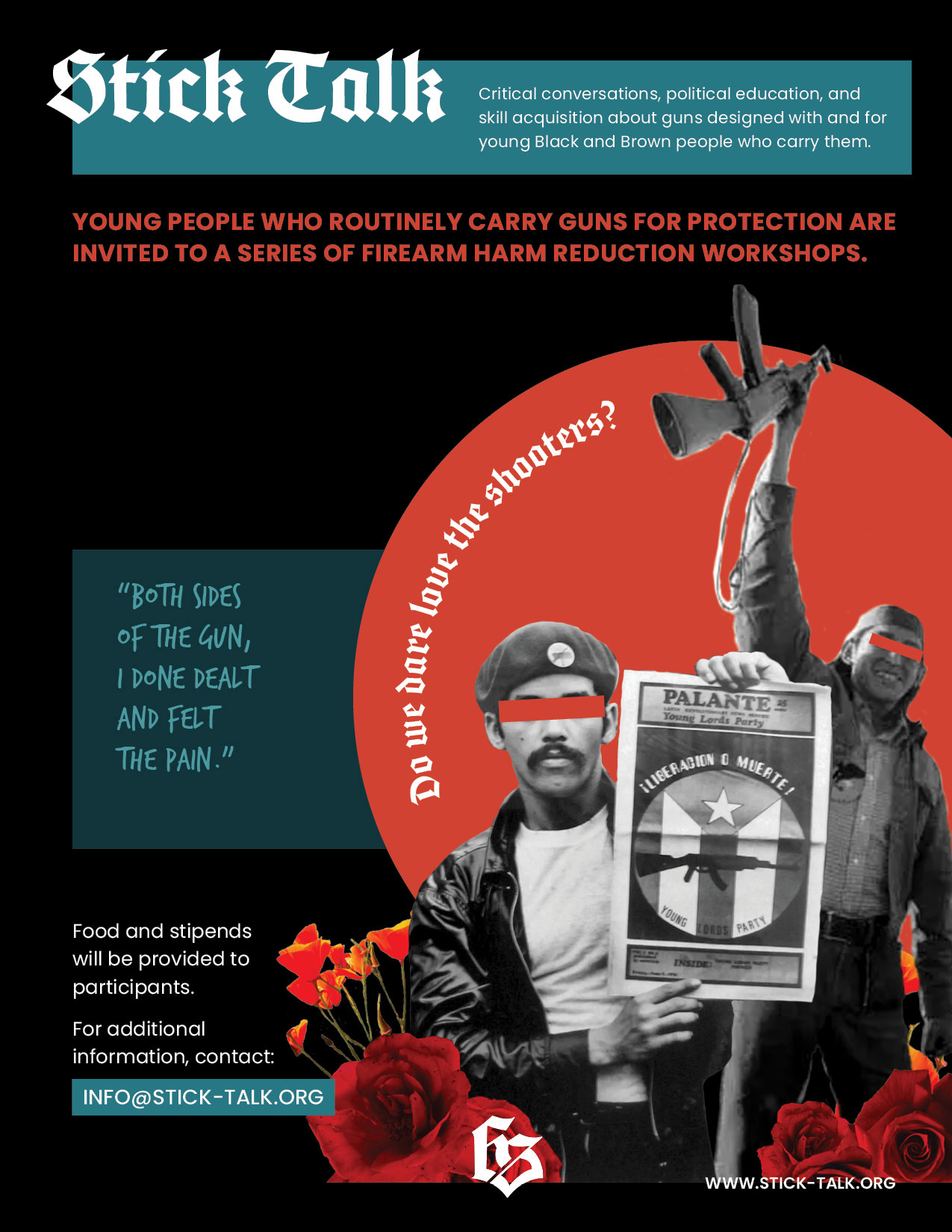
Drawing insights from listening sessions with young people in the community and in carceral settings, ucker and his partners began piloting what would become Stick Talk in 2020—with the goal of disrupting, as ucker has written, “the ceaseless demonization and criminalization of their politics of survival.” Since then, ucker and his team have refined their model with input from mothers, loved ones, and community members who have been affected by gun violence. The young people who swing by the hubs have provided a wealth of feedback—a currency that’s gold in the nonprofit sector and that Stick Talk learns from. “The model is an experiment,” ucker said. “We’re still always tweaking it.” He thinks of firearm harm reduction as “open source,” like computer software, in that he hopes the model turns into something that others can adapt for use in their own communities, grounded in their own local conditions. “It’s a group brainchild,” ucker added.
In a meaningful sense, Stick Talk addresses what abolitionist activist Mariame Kaba has called the “multidimensional” violence that young people of color experience in their communities, both interpersonally and from the state, which then causes them to turn to violence as “a rational adaptive strategy” to deal with the reality that death might be around the corner. Case in point: ucker told me that some of Stick Talk’s neighborhood hubs are relatively close to one another, but due to territorial hostilities, some program participants prefer to go to one but not the other because the mere prospect of crossing the street to a different block makes them feel unsafe.
The harm reduction approach, as Stick Talk conceives of it, hews closely to the framework adopted by safe drug consumption sites. At such sites, people facing addiction can access clean needles and other equipment under the supervision of trained professionals. The setup offers greater safety, and keeps people far from the criminal legal system. By equipping young people with the knowledge that firearms are both a source of power and responsibility, Stick Talk hopes to empower them to make thoughtful, informed choices about guns. “Harm reduction teaches that it must be user-led and survivor-led,” ucker said.
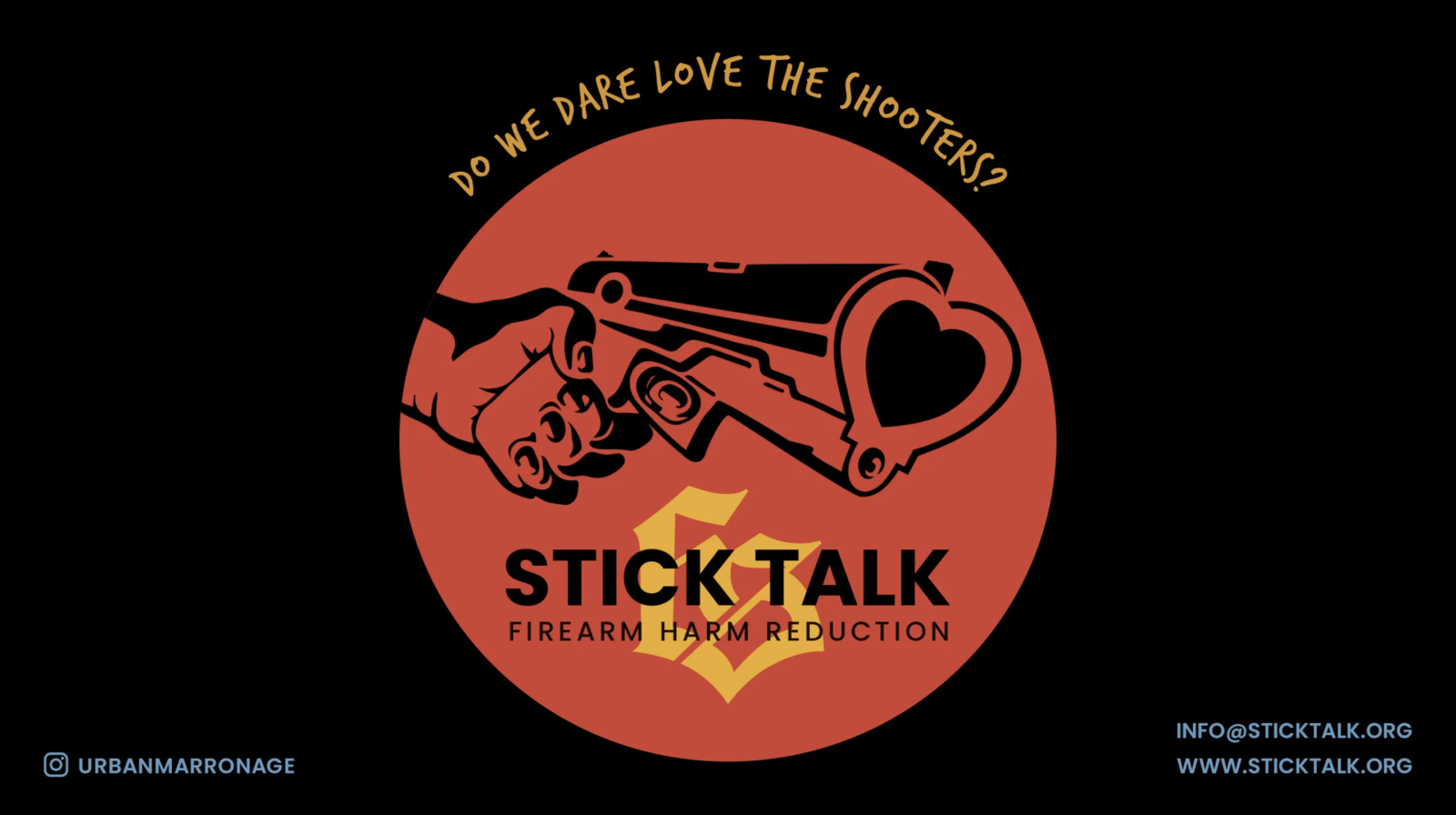
Resource
9 Principles of Firearm Harm Reduction
In this presentation, Stick Talk offers its theory of change, which it describes as “a community safety strategy co-created by young Black and Brown people who are on both sides of the gun.”
In this regard, Stick Talk follows a long tradition of radical leftist movements, including the Black Panthers, that saw the right to bear arms as part of their culture of survival and mutual care. Part of Stick Talk’s political education efforts includes teaching participants about this history of Black community self-defense, the ongoing harm of the war on guns, and how self-defense strategies often complemented the nonviolent strategies of the civil rights movement.
Stick Talk doesn’t do all this work alone. One of its partners, Ujimaa Medics (UMedics, for short)—a Black-led group of organizers, community members, and health professionals—trains bystanders throughout Chicago on how to keep gun violence victims alive during those critical moments before the ambulance arrives. These lifesaving techniques include the treatment of gunshot wounds, securing people’s airways, and controlling heavy bleeding. These first-aid trainings, which UMedics has offered to high school students and community groups where gun violence is most prevalent, don’t fit the mold of community violence prevention as the practice has been popularized in today’s nonprofit world. Yet in talking about their work, group leaders have been clear that police do not keep the community safe and aren’t equipped to provide healing and care, so bystanders must be empowered to step in. “I don’t know that we’re a solution to gun violence,” Martine Caverl, a UMedics cofounder, told ABC30. “But I know that we’re a solution for communities that need to build power. That’s what I know.”
When I asked ucker what he makes of current community violence intervention efforts, and the historic levels of government funding being thrown at them, he told me that he didn’t care so much about what the state was doing. He does, however, spend a lot of his time thinking about infrastructure-building and funding the work. He said he is frank with funders about what Stick Talk is about and that the resources the group receives don’t primarily go to overhead. Instead they go to keeping hubs running and even to giving mutual aid and other forms of cash assistance to participants and their families. ucker expressed concern that “too much professionalization” of community safety and violence prevention makes it harder to create lasting, authentic relationships with people, which is necessary to do the work.
“When you can say, ‘I’m just doing my job.’ When you can go to that, when you can default to that at any point—whether you work in a prison, whether you’re a police officer, whether you work in a university, a nonprofit, a school, whatever—that’s dangerous,” ucker said. “That’s how you abet domination.” He added, “The importance of relationships in this work is being trumped by this other concern, which is separating us and really pitting us against each other.”
Header image: yooperann/Flickr
